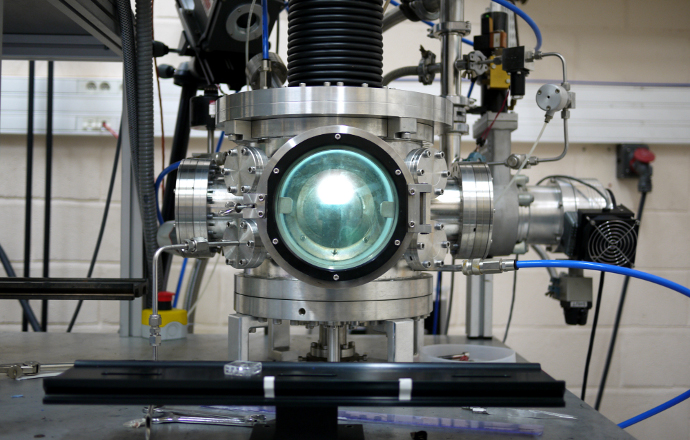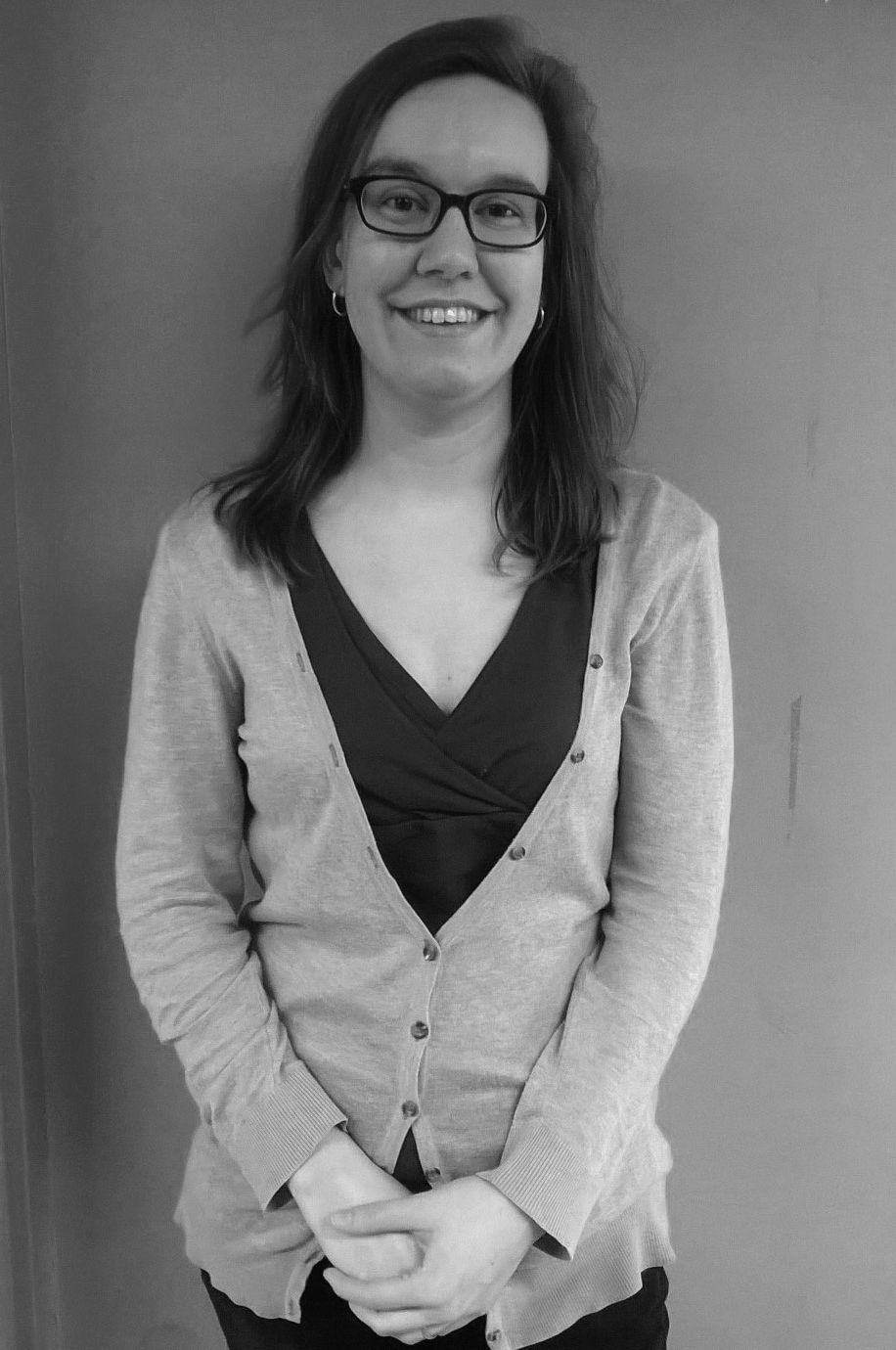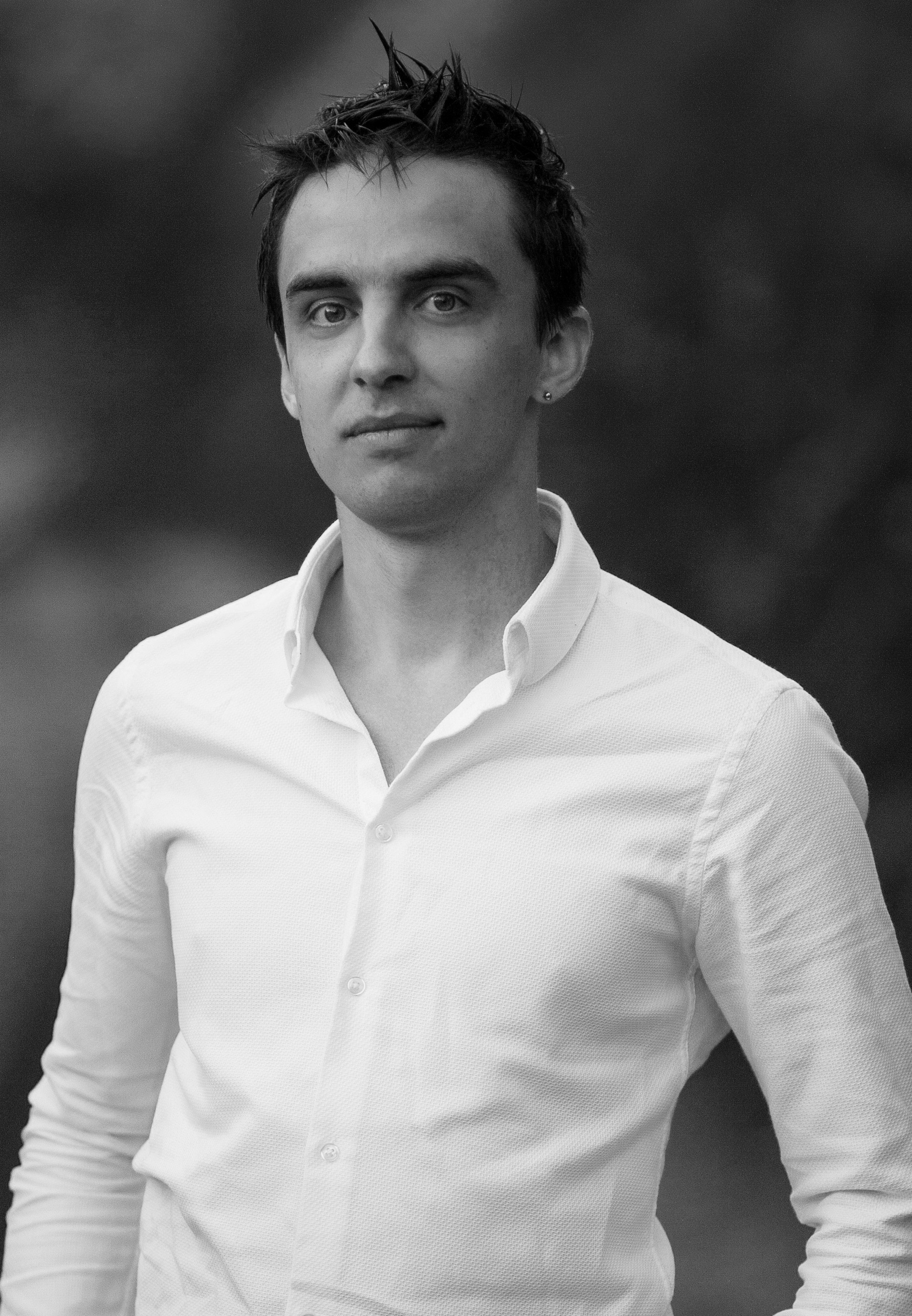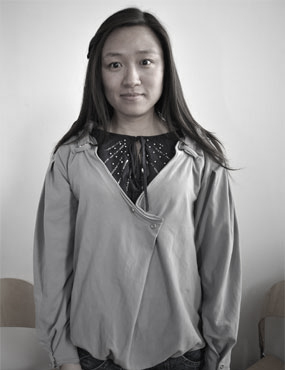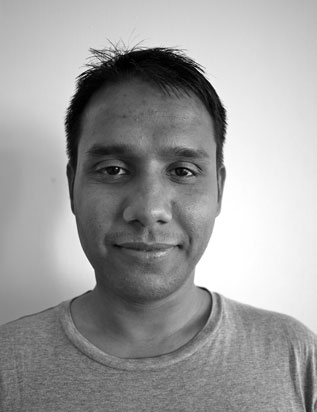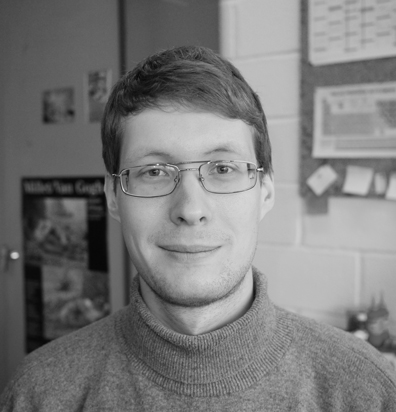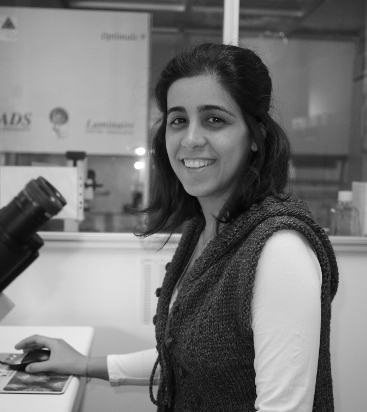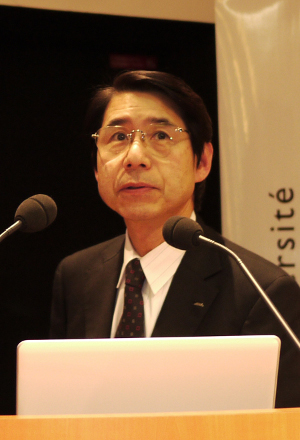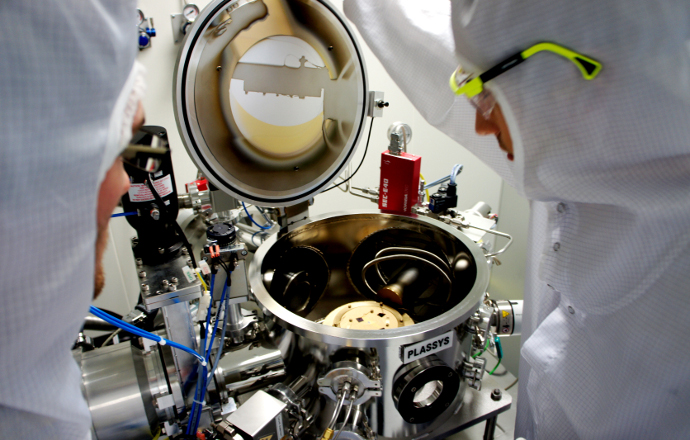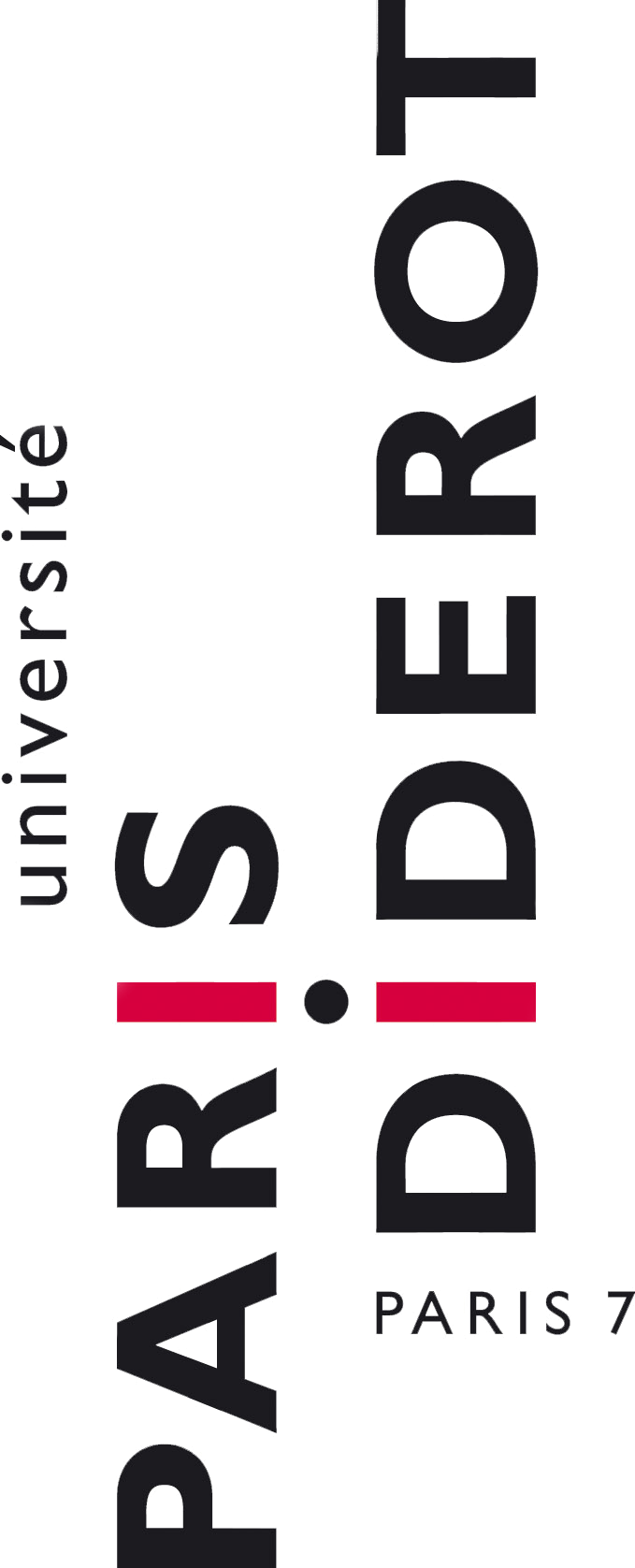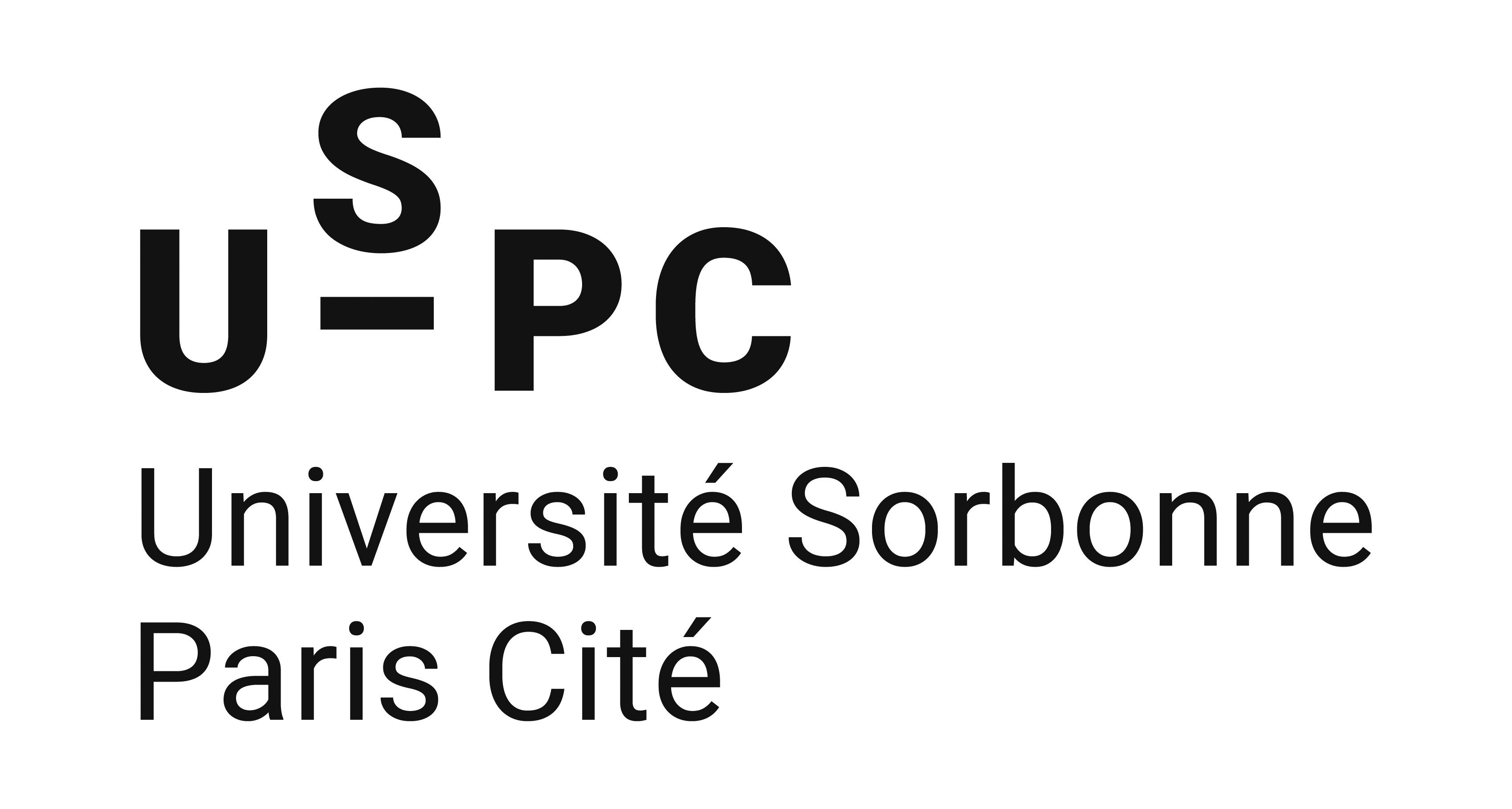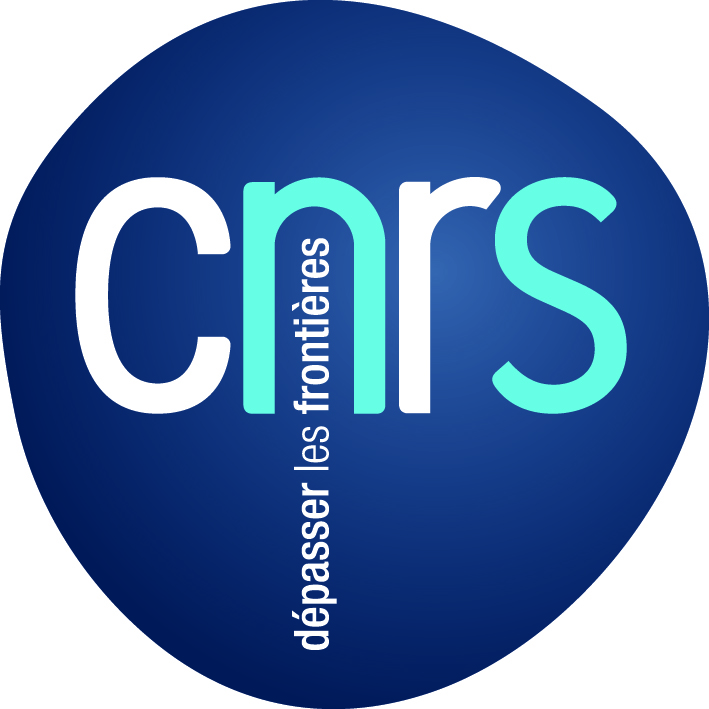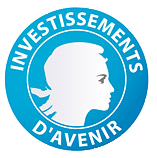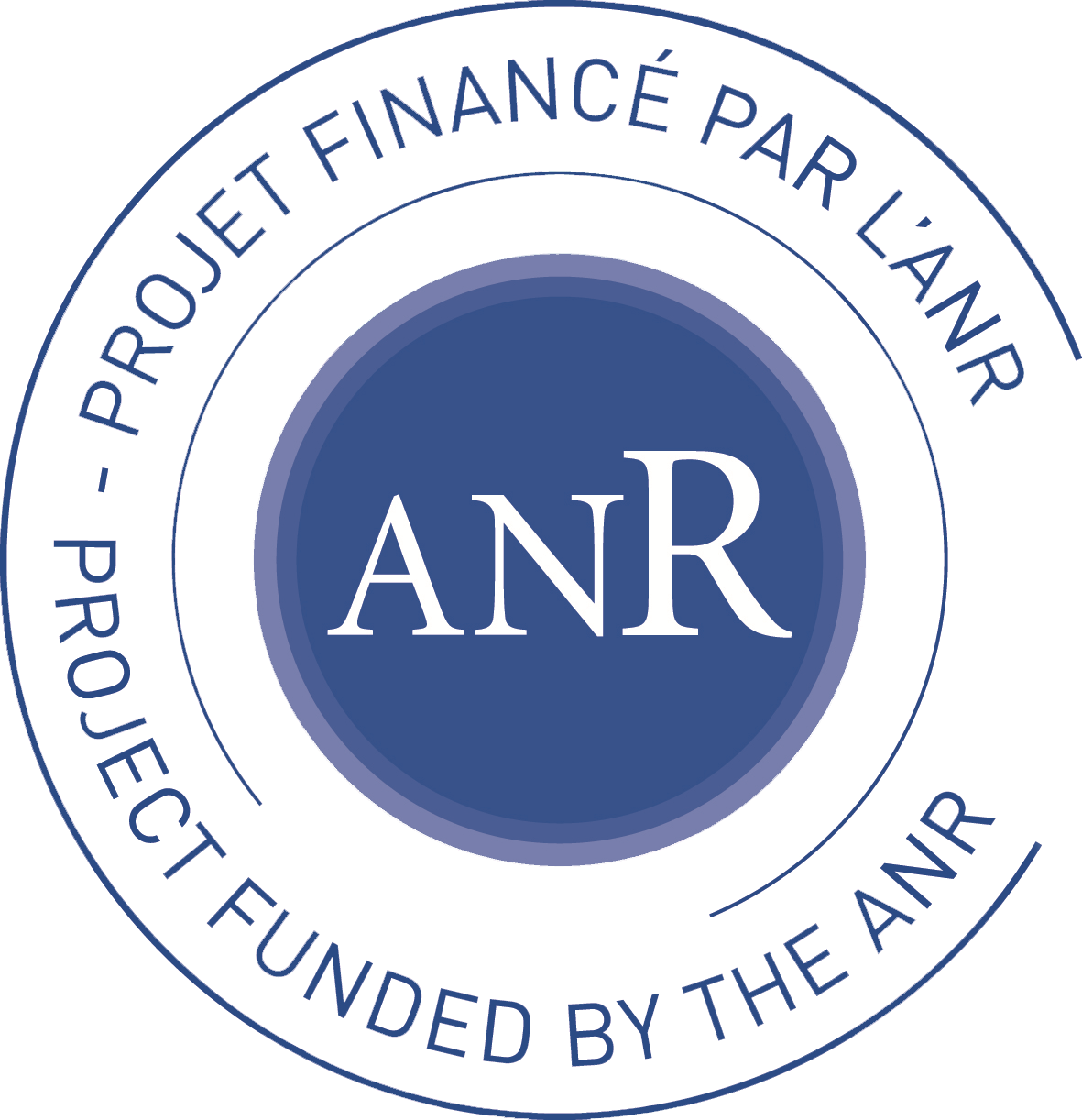MMEMI
Résumé en français
Ce projet a pour objectif de fédérer les outils numériques existants au sein des laboratoires du LABEX SEAM, afin de disposer d'un moyen de simulation multi-échelle et multi-physique. Lâapproche que nous proposons se veut : performante, flexible, et très évolutive. Le travail est centré autour du problème des interfaces et surfaces, dont l'importance va croissante dans les applications industrielles (amélioration des performances, fonctionnalisation des matériaux, les interfaces conditionnent la durée de vieâ¦).
Nous prenons prétexte de deux sujets fédérateurs au sein du Labex, de part leur aspect transversal, pour mettre en ouvre et démontrer la pertinence de notre approche multi-échelle. La première porte sur la fragilisation par l'hydrogène des aluminiums (matériau clef pour l'aéronautique, problème général de l'endommagement des métaux et alliages). La seconde étude porte sur la mouillabilité des surfaces (applications pour les lentilles de contact, les tissus artificiels, l'électronique soupleâ¦). Ces deux thématiques ont en commun de nombreux aspects en terme de modélisation et sont par essence le siège de phénomènes multi-échelles et multi-physiques. Les aspects expérimentaux liés à ces problématiques, enfin, sont également au cour de l'intérêt de personnels du Labex, ce qui ne peut que renforcer l'effet structurant du projet : au niveau modélisation, par la rencontre, la mise en regard et le développement conjoints d'outils numériques évoluant initialement de manière totalement indépendante, et à un niveau plus global, par les perspectives quâouvrent de tels modèles multi-échelles vis-à-vis de la compréhension de phénomènes observés expérimentalement.
|

